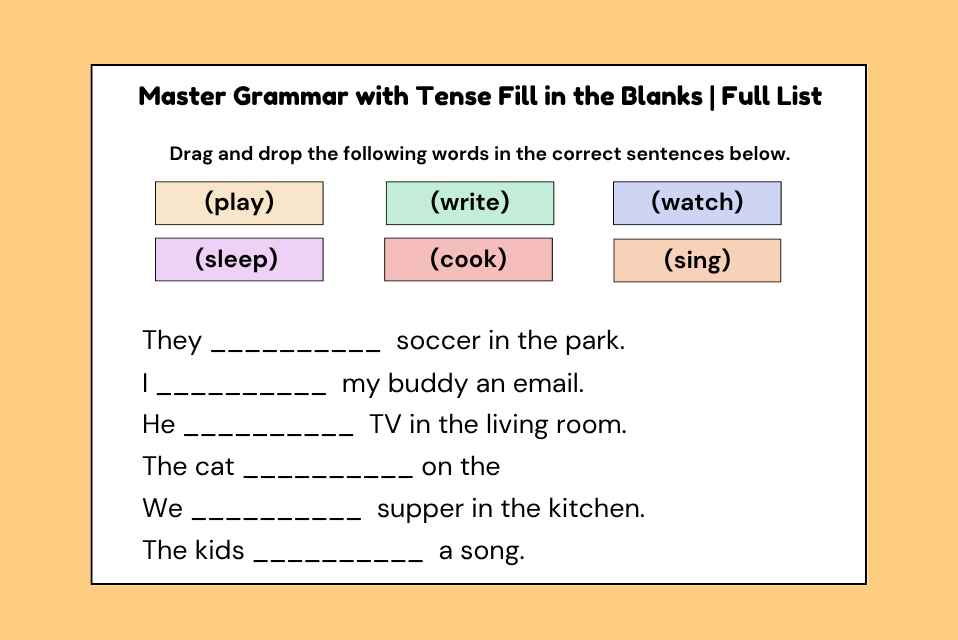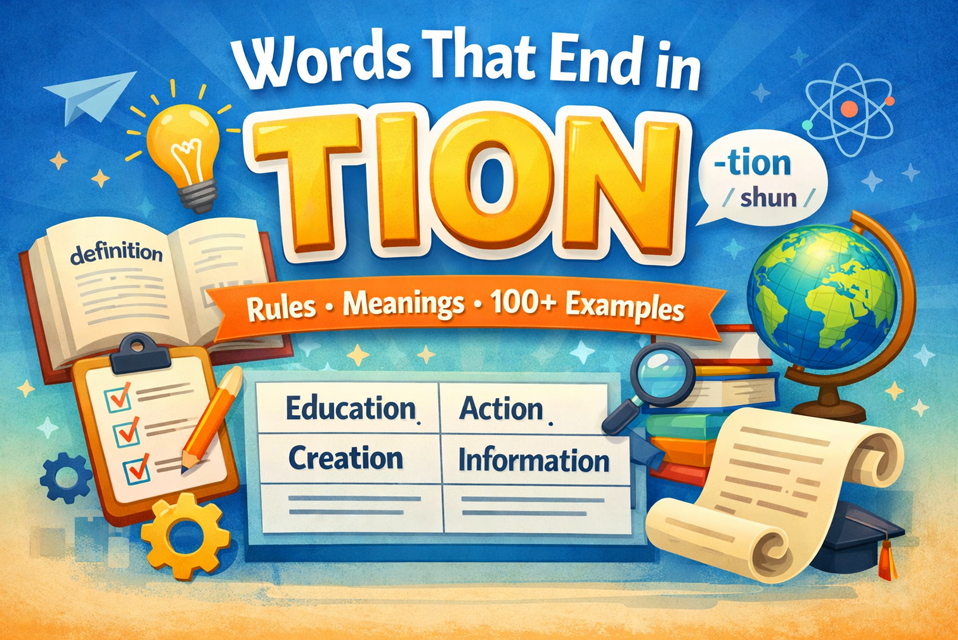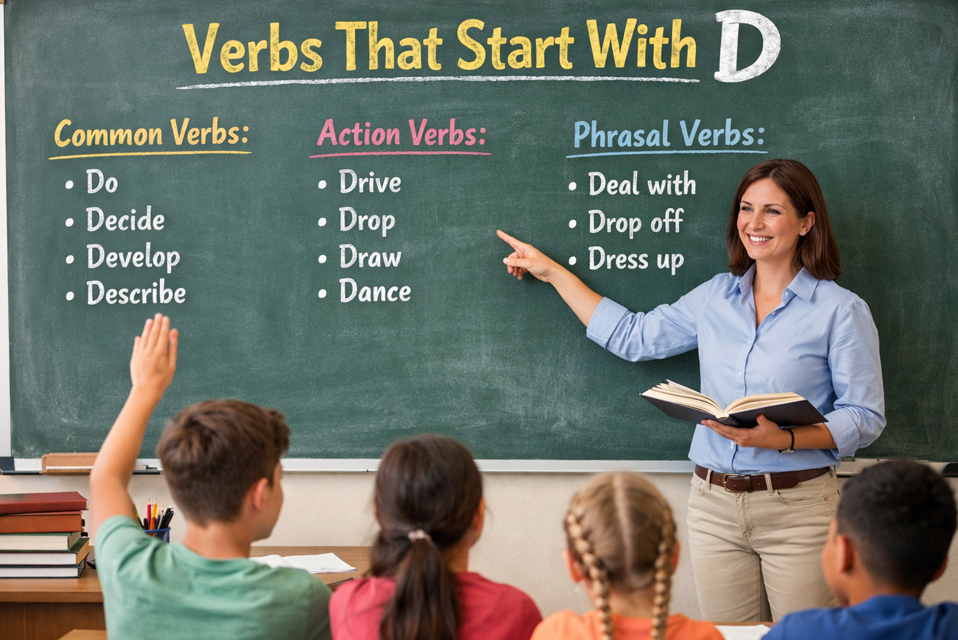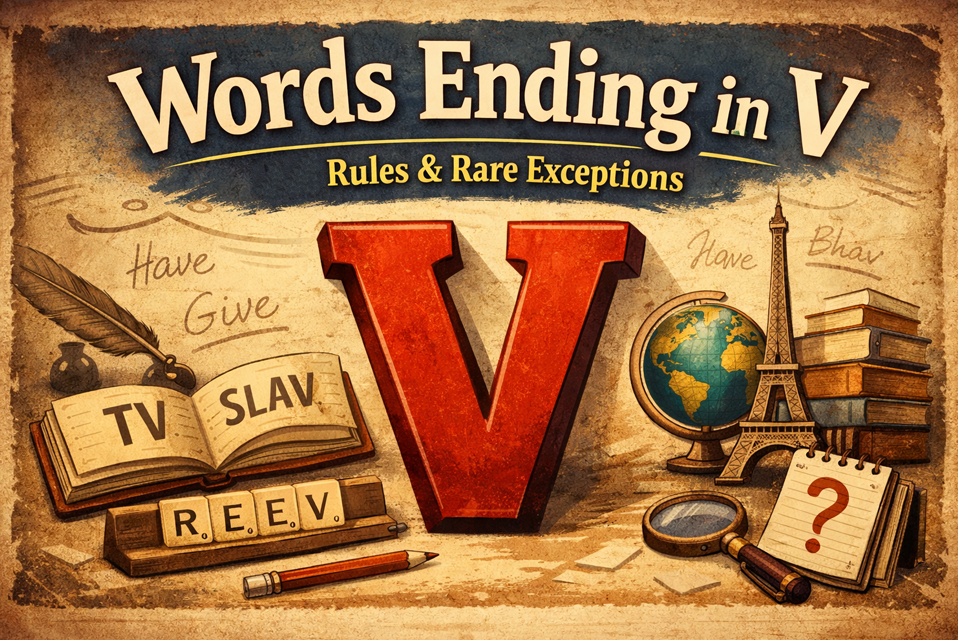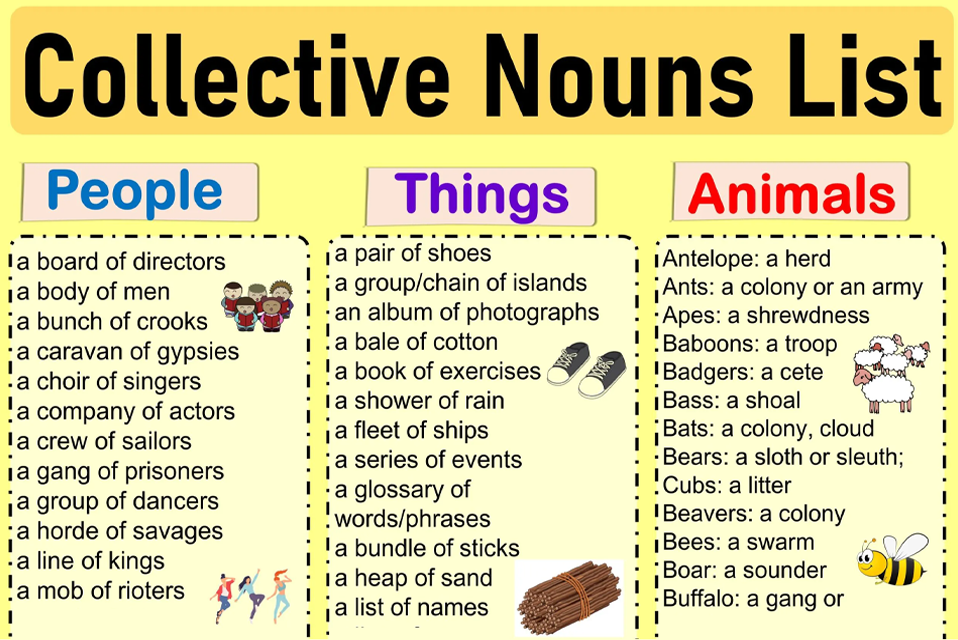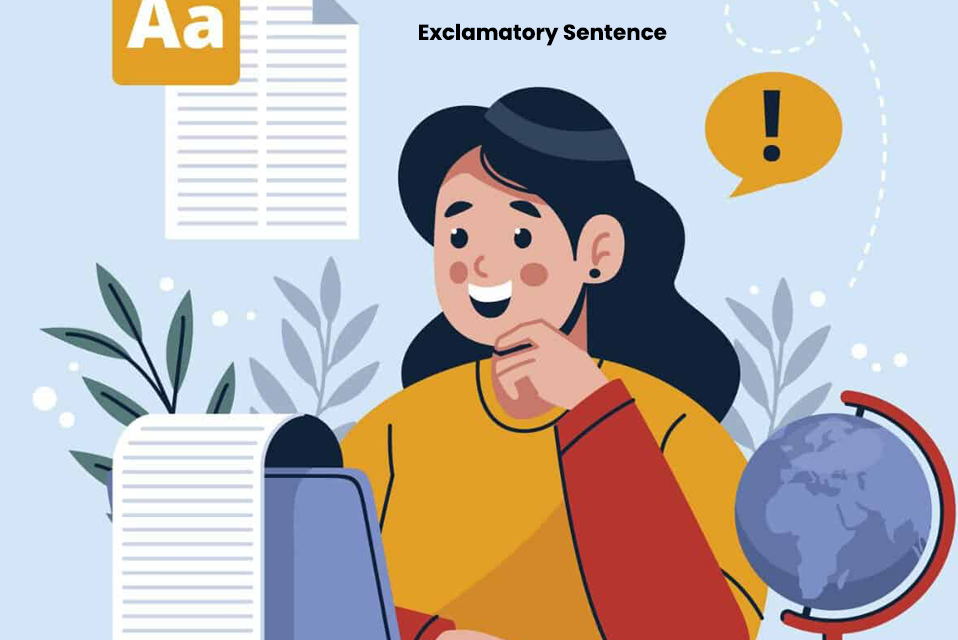Learning English tenses can be challenging, but tense fill in the blanks exercises make it simple and effective. These exercises help learners identify tenses, practice verb forms, and strengthen overall grammar skills. Whether you are a student, teacher, or English language learner, mastering tenses through fill in the blank worksheets is a proven way to improve your English proficiency.
Tenses are the backbone of English grammar. They allow you to express past, present, and future actions accurately. Using tense exercises regularly enhances your ability to choose the correct verb, write proper sentences, and communicate clearly. Even when writing informal texts or messages, knowing how to describe emotions with sad smilies requires proper tense usage to convey the right feeling.
Why Tense Fill in the Blanks Exercises Are Important
- Identify Tenses Easily
These exercises encourage learners to identify tenses in different contexts. Recognizing whether a sentence is in simple past, present continuous, or future perfect tense is crucial for writing and speaking accurately. - Practice Verb Forms
Regular practice with verb tense exercises helps students memorize regular and irregular verb forms. This is especially helpful for mastering past and perfect tenses. - Improve Grammar Skills
Fill the gap exercises not only improve tense knowledge but also enhance overall English grammar skills. They teach students to construct correct sentences and use helping verbs effectively. - Enhance Sentence Completion Skills
Completing sentences in exercises improves your sentence construction abilities. This is vital for academic writing, exams, and everyday communication.
Types of Tense Fill in the Blanks Exercises
1. Simple Present Tense Exercises
Use the simple present tense to describe habits, routines, or general truths.
Example:
- She _____ (go) to school every day.
Answer: goes
2. Present Continuous Tense Exercises
Use present continuous tense for ongoing actions happening at the moment.
Example:
- They _____ (play) football in the park.
Answer: are playing
3. Simple Past Tense Exercises
The simple past tense describes completed actions in the past.
Example:
- I _____ (visit) my grandmother yesterday.
Answer: visited
4. Past Continuous Tense Exercises
Use past continuous tense to describe actions in progress at a specific time in the past.
Example:
- She _____ (read) a book at 8 PM last night.
Answer: was reading
5. Present Perfect Tense Exercises
The present perfect tense shows actions that happened at an unspecified time before now.
Example:
- I _____ (finish) my homework.
Answer: have finished
6. Future Tense Exercises
Use future tenses to talk about actions that will happen.
Example:
- We _____ (travel) to Paris next week.
Answer: will travel
Tips to Master Tense Fill in the Blanks
- Start with Simple Exercises
Begin with simple present and simple past tense exercises before moving to complex tenses. - Practice Regularly
Consistent practice with fill in the blank worksheets improves your understanding of verb forms and helping verbs. - Use Answer Keys for Self Checking
Many tense exercises with answers are available online. Use them to check your work and correct mistakes. - Combine with Other Grammar Exercises
Include sentence completion exercises and grammar quizzes for students to enhance your skills.
Online Resources for Tense Fill in the Blanks
- Free tense worksheets PDF available for students of all levels.
- Interactive online quizzes to identify and practice tenses.
- ESL exercises for beginners to advanced learners.
- Grammar exercises apps that provide instant feedback on tense usage.
Conclusion
Tense fill in the blanks exercises are an essential tool for mastering English grammar. They help learners identify the tenses, practice the verb forms, and improve sentence completion skills. From a simple past and a present tense to the perfect and the continuous tenses, these exercises enhance your grammar proficiency and confidence in English.
By regularly practicing with fill the gap exercises, using worksheets with answers, and exploring online tense quizzes, anyone can strengthen their English grammar skills and communicate more effectively.
FAQs On Tense Fill in the Blanks
What is a tense fill in the blanks exercise?
A tense fill in the blanks exercise is a grammar activity where you complete sentences using the correct verb tense such as present, past, or future to test and improve your understanding of tense usage.
Q2: Why are these exercises important?
They help students choose the correct verb, understand past, present, and future tenses, and strengthen sentence construction skills. Regular practice improves confidence in writing and speaking English.
Q3: Which tenses are usually included in fill in the blanks exercises?
Common tenses include simple present, present continuous, simple past, past continuous, present perfect, and future tenses. Some exercises may also cover perfect continuous tenses for advanced learners.
